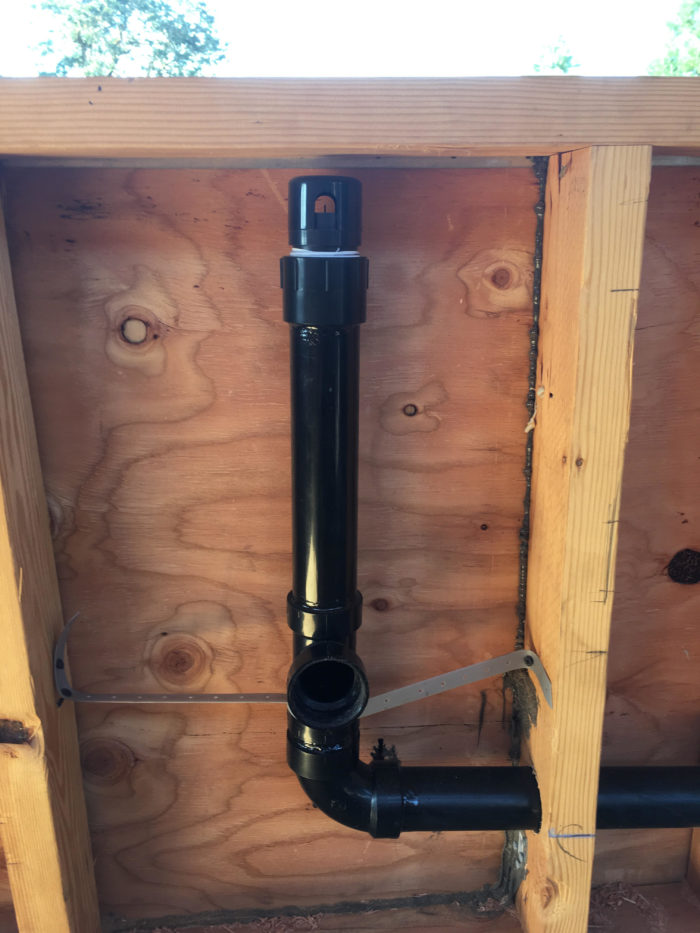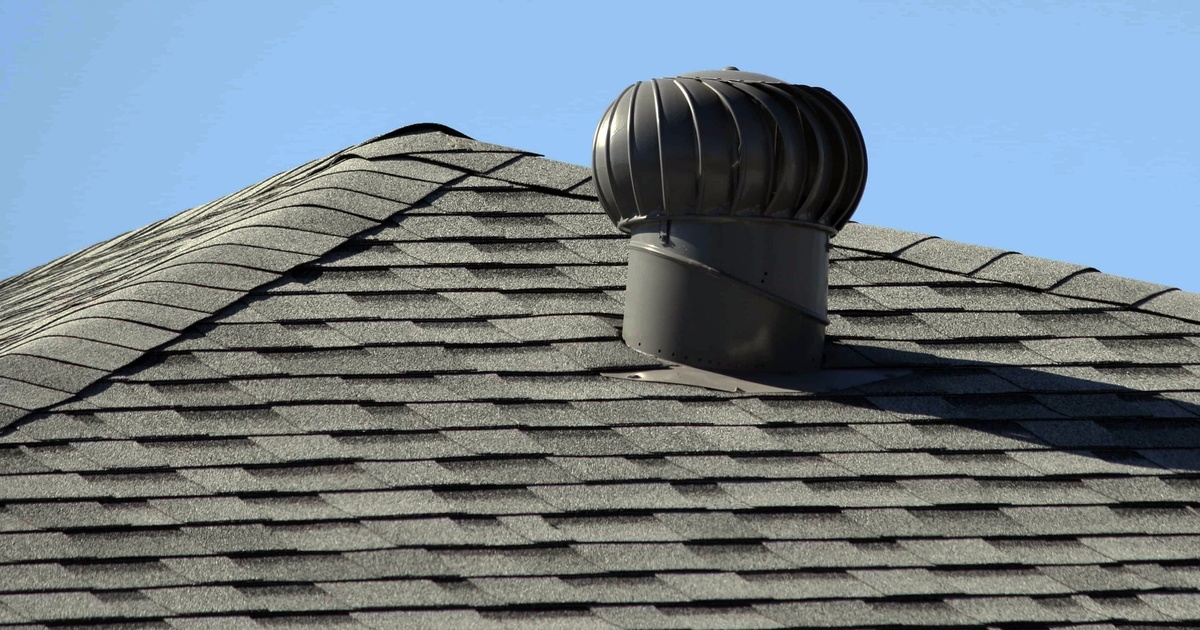Maintaining Proper Ventilation in Your Plumbing System: How
Maintaining Proper Ventilation in Your Plumbing System: How
Blog Article
In this article underneath you can discover a bunch of good quality material about What Are Plumbing Vents and Why Are They Important?.

Appropriate ventilation in pipes systems is often forgotten, yet it is vital for keeping the performance and security of your home's plumbing. Ventilation assists control atmospheric pressure, stop the accumulation of harmful gases, and guarantee the efficient removal of waste. In this guide, we will certainly check out the significance of appropriate pipes ventilation, exactly how it functions, and the advantages it brings to your plumbing system.
Recognizing Ventilation in Pipes
Ventilation in plumbing describes the network of pipelines that allow air to flow through the drain system. These vents offer numerous objectives, including regulating air pressure within the pipelines, avoiding sewer gases from going into the home, and assisting in the smooth circulation of wastewater.
Just How Air Flow Functions in Pipes Systems
Air Pressure Regulation
Proper ventilation maintains well balanced air pressure within the pipes system. When water flows via pipelines, it displaces air. Without appropriate ventilation, this displacement can develop adverse pressure, resulting in reduce drains pipes or siphoning of water from traps, which can cause unpleasant smells to leak into the home.
Preventing Sewage System Gas Accumulation
Among the most essential functions of pipes vents is to prevent sewage system gases, such as methane and hydrogen sulfide, from building up within the home. These gases can present major health and wellness threats and are highly flammable. Vent pipes enable these gases to run away securely outdoors.
Aiding in Waste Removal
Air flow aids in the efficient removal of wastewater by avoiding airlocks in the water drainage system. When air can move easily with the vents, it permits water and waste to move smoothly with the pipelines, minimizing the risk of obstructions and backups.
Kinds Of Pipes Vents
Key Heap Vent
The main stack vent, additionally known as the air vent pile, is the primary air vent in a plumbing system. It expands from the main drainpipe align through the roofing system, allowing gases to leave and fresh air to go into the system.
Branch Vent
Branch vents link to the major pile air vent and serve individual fixtures, such as sinks, toilets, and showers. These vents ensure that each component has adequate air flow to operate correctly.
Air Admission Shutoff (AAV).
An Air Admission Shutoff (AAV) is a one-way shutoff that permits air to enter the plumbing system without the need for a conventional air vent pipeline expanding with the roofing. AAVs are frequently made use of in remodellings or areas where mounting a standard air vent is unwise.
Indications of Poor Air Flow in Pipes.
Slow Draining Fixtures.
If your sinks, tubs, or toilets are draining pipes gradually, maybe an indication of poor air flow. Inadequate air flow can create a vacuum impact, making it tough for water to drain pipes properly.
Gurgling Seems.
Gurgling sounds originating from drains pipes are often an outcome of air being sucked with water catches because of adverse pressure in the pipelines. This is a clear indicator of inadequate air flow.
Unpleasant Odors.
Sewage system smells inside your home are a red flag that your plumbing system is not effectively aerated. This could indicate that sewage system gases are not being effectively aired vent outside, causing possibly unsafe problems.
Common Ventilation Mistakes.
Insufficient Vent Sizing.
Using undersized vent pipelines can bring about inadequate air circulation and stress inequalities in the system. It's vital to make use of vents that fulfill the specific demands of your pipes system.
Improper Vent Positioning.
Placing vents as well much from the components they serve can decrease their effectiveness. Appropriate placement ensures that air can move easily and successfully with the system.
Ignoring Code Needs.
Building regulations provide certain standards for plumbing air flow. Ignoring these codes can lead to a system that fails to work correctly and might lead to expensive repair services or health hazards.
Benefits of Correct Ventilation.
Improved System Performance.
Effectively ventilated plumbing systems operate a lot more effectively, with less blockages, faster draining pipes, and less strain on the pipelines. This effectiveness expands the life-span of the plumbing system.
Improved Air High Quality.
By avoiding sewer gases from entering your home, appropriate ventilation contributes to far better interior air high quality, making your living atmosphere healthier and much more comfy.
Stopping Water Damages.
Ample ventilation assists prevent water from being siphoned out of catches, which can cause sewer gases getting in the home and triggering water damage gradually.
Actions to Guarantee Appropriate Ventilation.
Consulting Plumbing Codes.
Always seek advice from local plumbing codes when creating or customizing your pipes system. These codes supply the needed standards for proper venting and guarantee your system fulfills safety and security standards.
Routine Examination and Upkeep.
Regular evaluations can help identify potential ventilation issues before they become significant troubles. Maintenance jobs, such as cleaning up vent pipes and checking for obstructions, are vital for maintaining the system in good working order.
Expert Setup.
For brand-new installments or significant alterations, it's a good idea to work with a specialist plumbing. They have the know-how to make sure the air flow system is properly developed and installed according to code.
Verdict.
Appropriate ventilation is a critical component of any type of plumbing system, ensuring that it functions efficiently and safely. By recognizing the value of ventilation, recognizing the indicators of bad air flow, and taking steps to keep your system, you can protect against expensive problems and shield your home's air quality.
What is a Plumbing Vent and it's used for?All plumbing systems in residential and commercials construction have a plumbing vent. It doesn’t just vent unwanted odors from the drainage system to the outside; it actually serves an important purpose by supplying air to the system.
The plumbing drainage system is actually called a drainage, waste and vent (DWV) system. When water flows down the piping, an air supply (vent) is needed to allow the water to flow. Think of the vertical pipe as a drinking straw. If you plug the top end of a straw, liquid won’t drain from it.
The DWV system in your building consists of a series of pipes connected to each fixture; they extend above each fixture, and the system terminates at an open pipe that extends through the roof. This piping allows air into the system and prevents unbalanced pressures in the piping.
?The vent also prevents the system from drawing water out of a trap at the fixture with the characteristic “glug-glug-glug” as the drain gasps for air. Plumbing traps should drain smoothly and never “glug” or gasp for air.
If you have a drain that empties slowly or gurgles as it drains, this may indicate a venting problem. If you flush a toilet and the sink gurgles, there’s definitely a vent problem. It is good idea to have a Plumber check this.
https://www.ameliashomeinspection.com/blog/what-is-a-plumbing-vent-and-its-used-for

I discovered that piece about The Upsides of Proper Ventilation in Plumbing Design when doing a search on the web. Kindly set aside a second to promote this blog posting if you appreciated it. Thanks a bunch for your time. Please come by our site back soon.
Book Your Installation Report this page